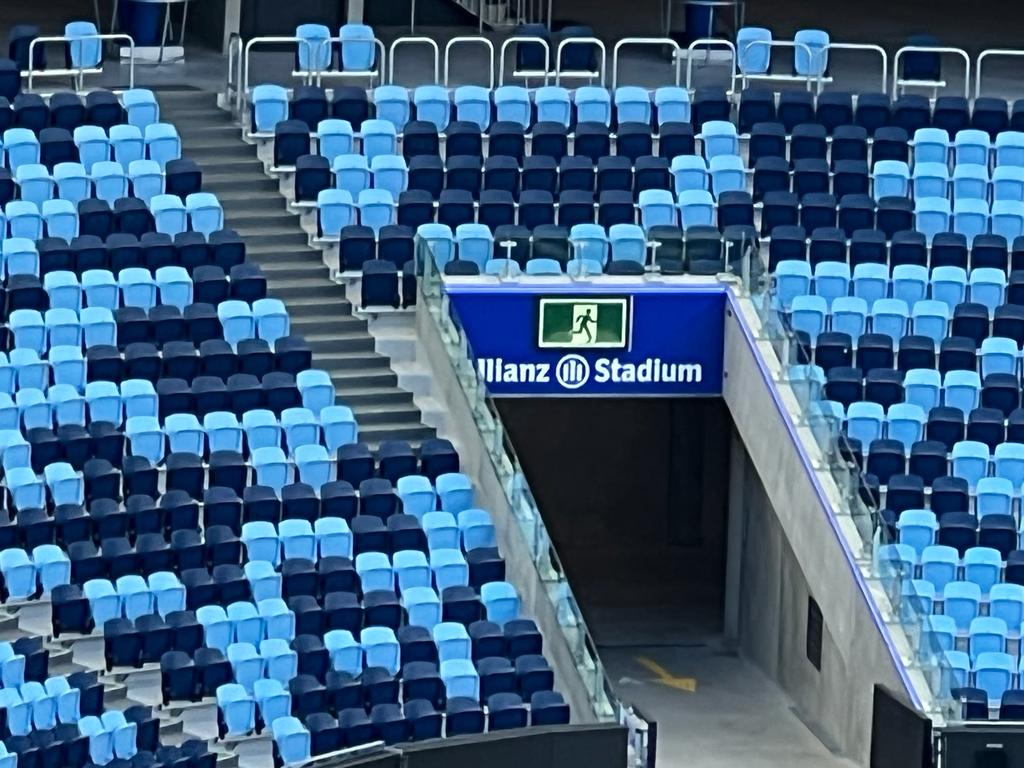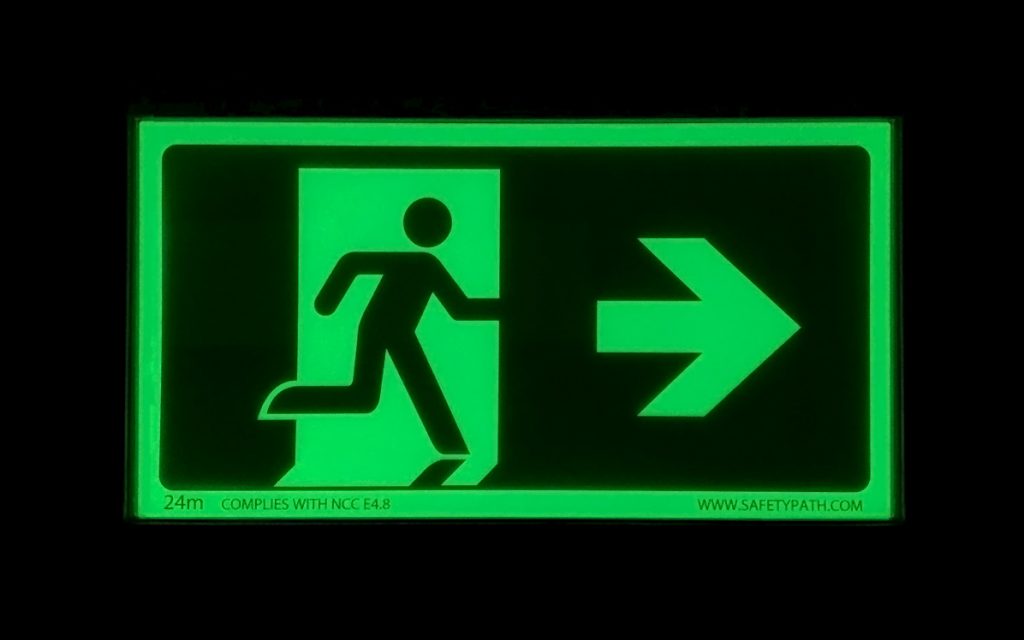
Photoluminescent exit signs are commercially viable
5 minute read
June 14, 2023
Are you still using electric-battery AS2293 exit signs in your building? If so, you may be missing out on a better technology that will save you money, reduce your environmental impact, and enhance your safety. Photoluminescent exit signs are the future of emergency exit sign lighting and their commercial viability is demonstrated by the major Australian corporations installing them across Australia.
Photoluminescent exit signs are reliable exit signs that don’t have their own electric batteries. They are powered by a material that absorbs and emits light, making them visible in any situation when light levels are low. They are widely used by major Australian corporations such as Bunnings, Harvey Norman, Telstra, Melbourne Business School, Giancorp, Crema, CBRE, and many others.
In this blog post, we will explain why photoluminescent exit signs are superior to old-technology electric-battery exit signs in terms of cost, reliability, and sustainability. We will also show you where you can get high-quality commercially viable photoluminescent exit signs for any type of building.
The Problems with Electric-Battery Exit Signs
Electric-battery exit signs are the old-technology type of exit signs that use electricity and batteries to illuminate. They are commonly found in most buildings, but they have many drawbacks that make them inefficient and risky, and very expensive to own and operate.
Some of the problems with electric-battery exit signs are:
- They are expensive to install and maintain: Electric-battery exit signs require wiring, batteries or backup power systems, monitoring systems, and regular electrical inspections. Their electrics and batteries are failure prone, resulting in regular replacement costs that can drain your budget and disrupt your operations.
- They are prone to failure and malfunction: Electric-battery exit signs have many electrical components that can fail or malfunction due to power outages, battery depletion, circuitry issues, or human error. When they fail, they can compromise your safety and compliance with the building code.
- They consume a lot of energy and generate a lot of waste: Electric-battery exit signs are constantly consuming electricity and generating emissions. If they’re working, they’re on 24/7. They also produce a lot of waste when they need to be replaced or disposed of. Very few electric-battery exit signs are recycled, and most of them end up in landfills.
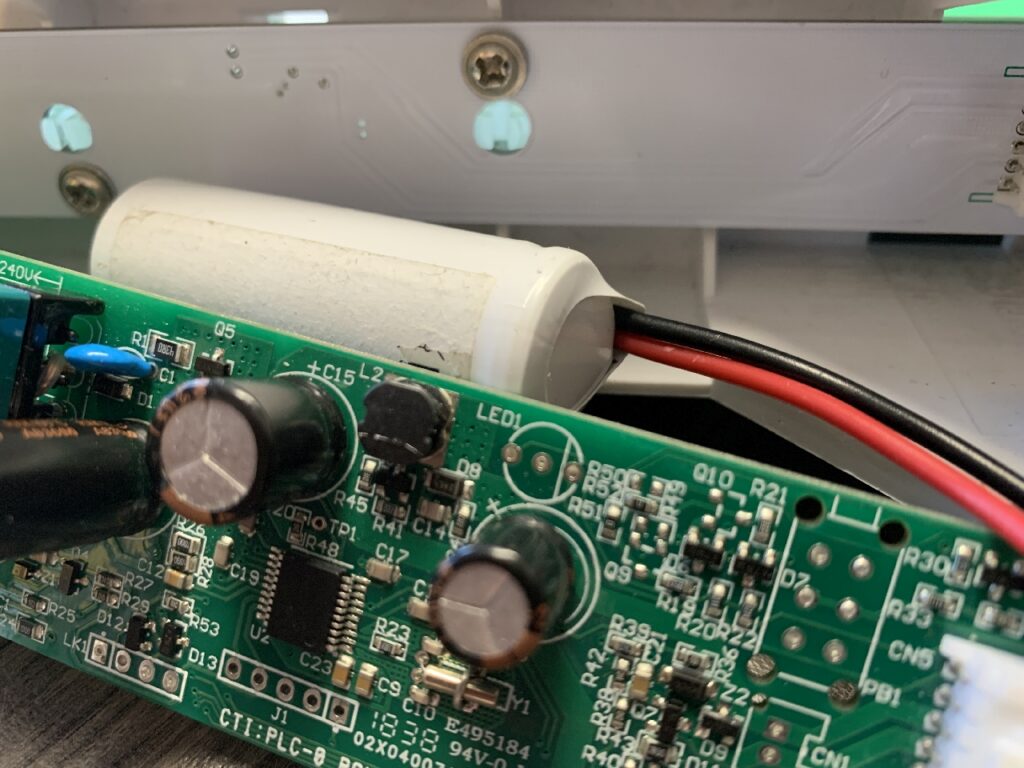
Why Photoluminescent Exit Signs are Commercially Viable
Photoluminescent exit signs are the modern type of exit signs that use a phosphorescent material that emits stored light in the dark. They do not require any electricity or batteries in the sign to operate. They only need a minimum illumination of 100 lux. These light levels are easily achieved in most workplace and retail environments.
The benefits of Safety Path photoluminescent exit signs that make them commercially viable are:
- They are cheaper to install and maintain than old technology electric-battery exit signs: Photoluminescent exit signs do not require any wiring, batteries, backup power systems, monitoring systems, or electrical inspections. They are easy to install and maintain. You only need to clean them regularly to ensure their luminance, if they’re in an environment where they may get dusty, and ensure there’s nothing reducing their visibility or illumination, such as suspended signage in a retail environment.
- They are more reliable and safer: Photoluminescent exit signs do not have any electrical components that can fail or malfunction. They are always ready to provide illumination in case of a power outage or emergency. They provide a minimum of 30 mcd/m2 of luminance for at least 90 minutes in complete darkness, as required by the Building Code of Australia (National Construction Code).
- They are more energy-efficient and environmentally friendly: Photoluminescent exit signs do not consume any electricity or generate any emissions. They reduce lifecycle costs. They can also contribute to credits for green building design.
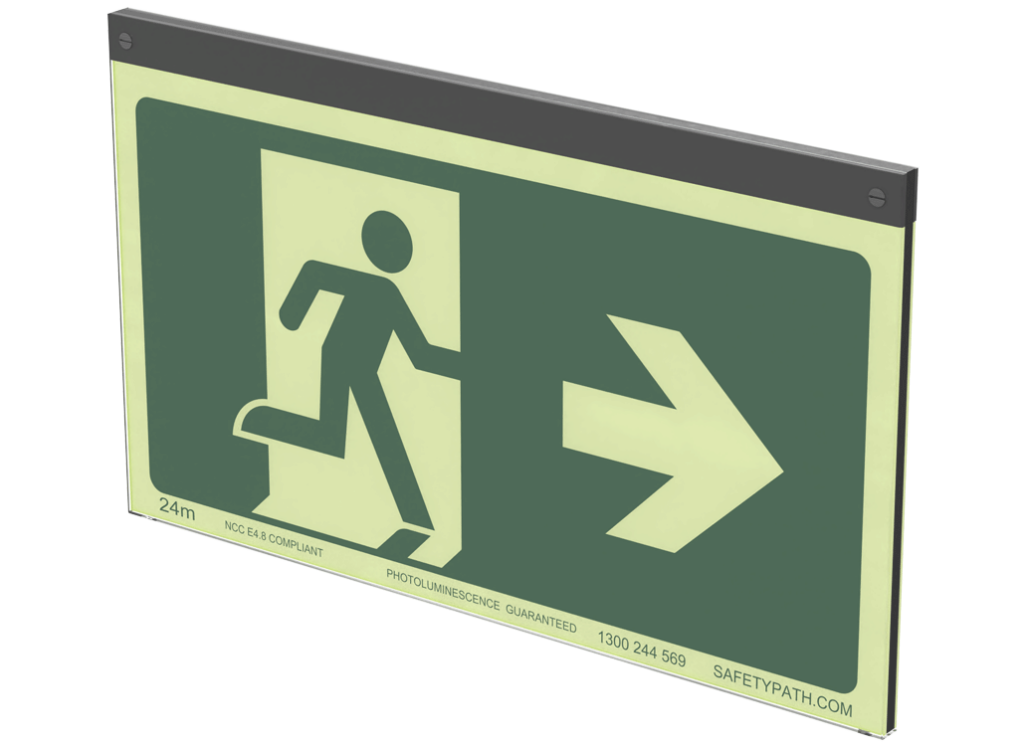
What are Hybrid Exit Signs?
Hybrid Exit Signs have an extremely efficient low-powered LED to charge the photoluminescence, where there’s no external light source or the client prefers the use of illuminated exit signs. These signs are ideal for areas where there is low or no ambient light, such as basements or service corridors. Safety Path has Australian Made hybrid LED exit signs that combine the energy efficiency of LED lights with the reliability of photoluminescence. Safety Path Hybrid Exit Signs are used by Bunnings, Telstra, Harvey Norman and Melbourne Business School.
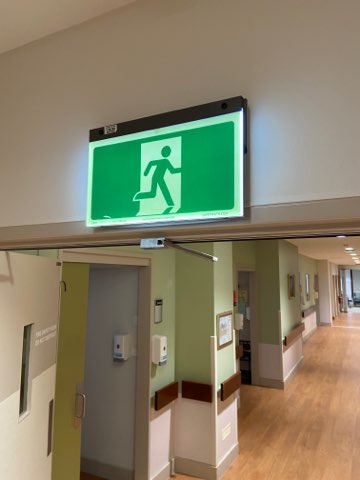
Where to Get Photoluminescent Exit Signs
If you are interested in installing reliable low-emission energy-saving exit signs in your building, check out our Safety Path Exit Sign range. Safety Path is a leading provider of photoluminescent exit signs, workplace safety signs and egress path markers in Australia, with exit signs suited to office, retail, commercial and industrial applications in a wide range of sizes.
To learn more about Safety Path’s other products and services, visit www.smarterlite.com or call us on 1300 884 978.

